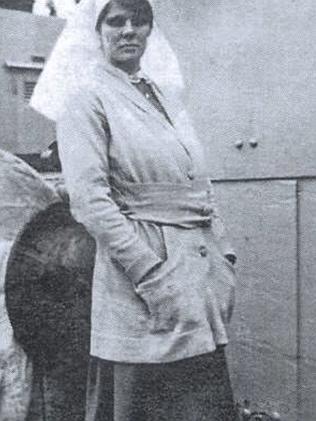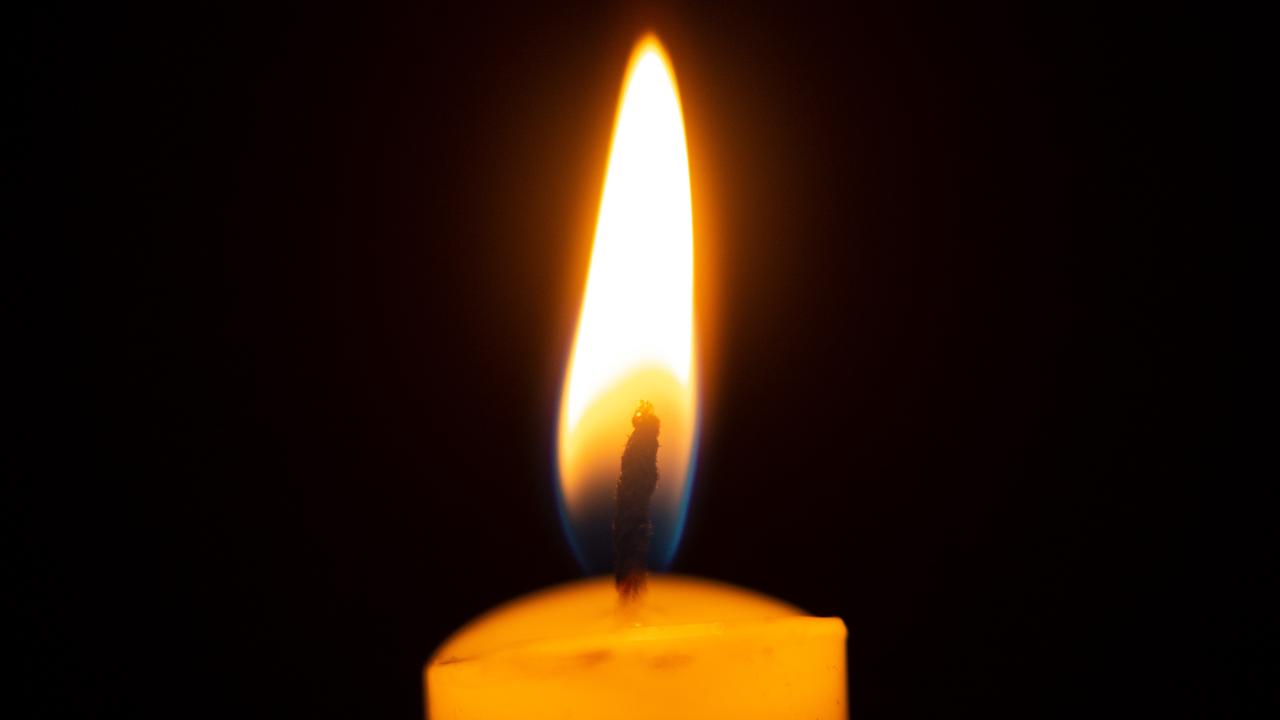The women who lived and loved at the front during World War I
THE 107 letters from The Great War were in little rolls, tied up in old ribbons and secured with rusty pins, forgotten for 60 years.
ANZAC Centenary
Don't miss out on the headlines from ANZAC Centenary. Followed categories will be added to My News.
THE 107 letters from The Great War were in little rolls, tied up in old ribbons and secured with rusty pins — forgotten for 60 years until found at the bottom of a woman’s glory box.
The gripping accounts trace the experiences and courageous work of Edith “Queenie” Florence Avenell as an Australian Army nurse in Egypt, France and England from 1915 to 1917.
At 25, Queensland’s youngest hospital matron enlisted the day after Gallipoli, writing from the front to her widowed mother Matilda and two younger brothers in Townsville, the first letter arriving in May, 1915.
The bright, hardworking and patriotic young woman known to be “flirtatious on her days off” journeyed to Egypt on the P & O liner Mooltan, which was serving as a troopship. She began work in the Sultan’s Palace at Heliopolis treating the wounded from Gallipoli.
Queenie went on to serve in France and the Western Front, recording the harrowing conditions in the regular and poignant letters home to Australia.
SUPPORT VETERANS WITH MENTAL ILLNESS, SAYS VC HERO
SPECIAL SECTION: ANZAC CENTENARY, 100 YEARS OF HEROISM
The collection has been put together in a book by her niece Pat Richardson, from Nambucca Heads on the mid-north coast, documenting Queenie’s work to mark the centenary of Anzac.
The letters and diary extracts throw light on a rarely told side of the war and on the heroes who provided care, comfort and succour to the wounded and dying.

In one letter dated August 24, 1915, Queenie writes: “We do love our patients, they are such bricks with their awful wounds. One of my patients was hit with shrapnel in five different places. His eye blown out, left arm blown off and other wounds on the back and body. He is a brave fellow. He says he is not too bad but he thinks he got more than his share.”
And in September, 1916: “We are getting more stumps every day and now have about 300 without legs and arms. I have 30 leg stumps to dress every morning and 40 beds to make … the orderly helps me. Yesterday a crowd of boys were out having a snow fight, crutches everywhere in the snow and only their one leg.”
As the war ground on, in June 1917, Queenie admitted she was a changed person, writing: “We are not the fresh creatures of two years ago. I’m having another injection tomorrow night. It’s horrid stuff. Makes us sqearmish, similar to sea sick. I took two of my stumpy boys to London yesterday afternoon and I feel quite knocked out.”
By October, 1917, she had returned to Australia on the hospital ship Euripides.
After the war, while nursing at the Army Hospital at Kangaroo Point in Brisbane in late September, 1918, Queenie was struck down by acute ptomaine poisoning but was saved from death by Dr Harvey Walsh. She married him in 1919 but died at 46 from an aneurism of the brain on the day she reached A grade in golf.
LETTER EXTRACTS:
July 1915: “I am at the Palace now in the medical ward nursing soldiers with dysentery, typhoid, rheumatism and pneumonia. They come from the trenches mainly.”
July 1915: “The ear and eye ward is next to mine and would make you sick to see the blind young men aged about twenty with their hair almost white. The heat is awful and the work fearfully strenuous and the damn flies are so bad.
November 5, 1915: “Wasn’t that a terrible thing about those poor New Zealand nurses? They lowered a boat down on top of them and the poor girls had their limbs smashed and some were killed instantly.”
November 15, 1915: “One sister was found singing, ‘It’s a long way to Tipperary’ on a plank after being hours in the water. She was bucking the other boys up.”


